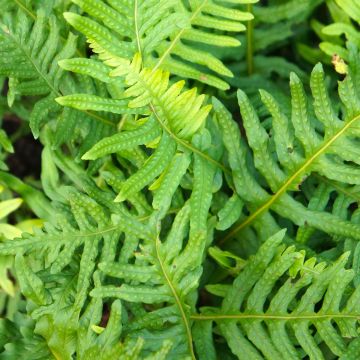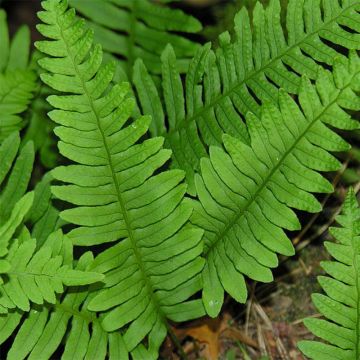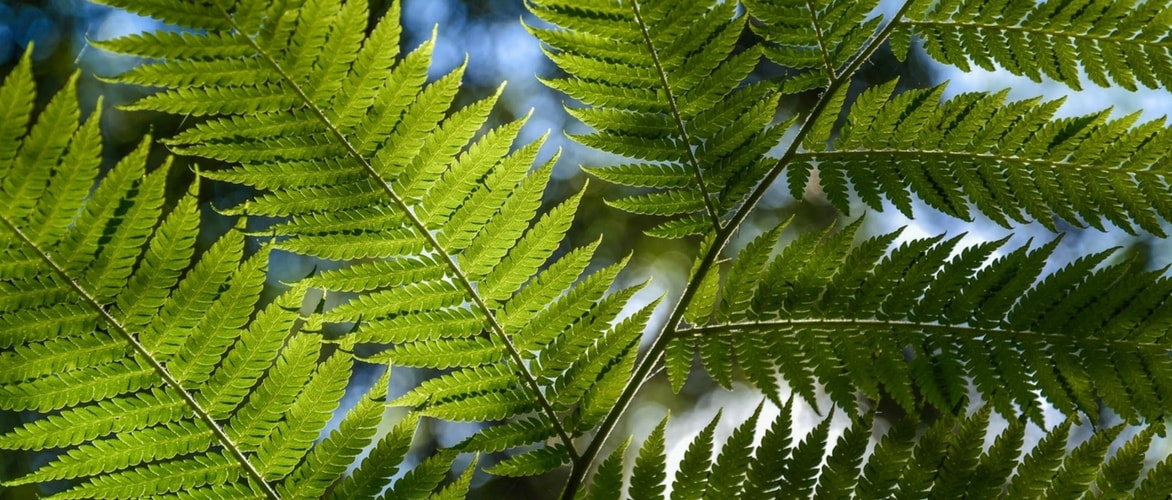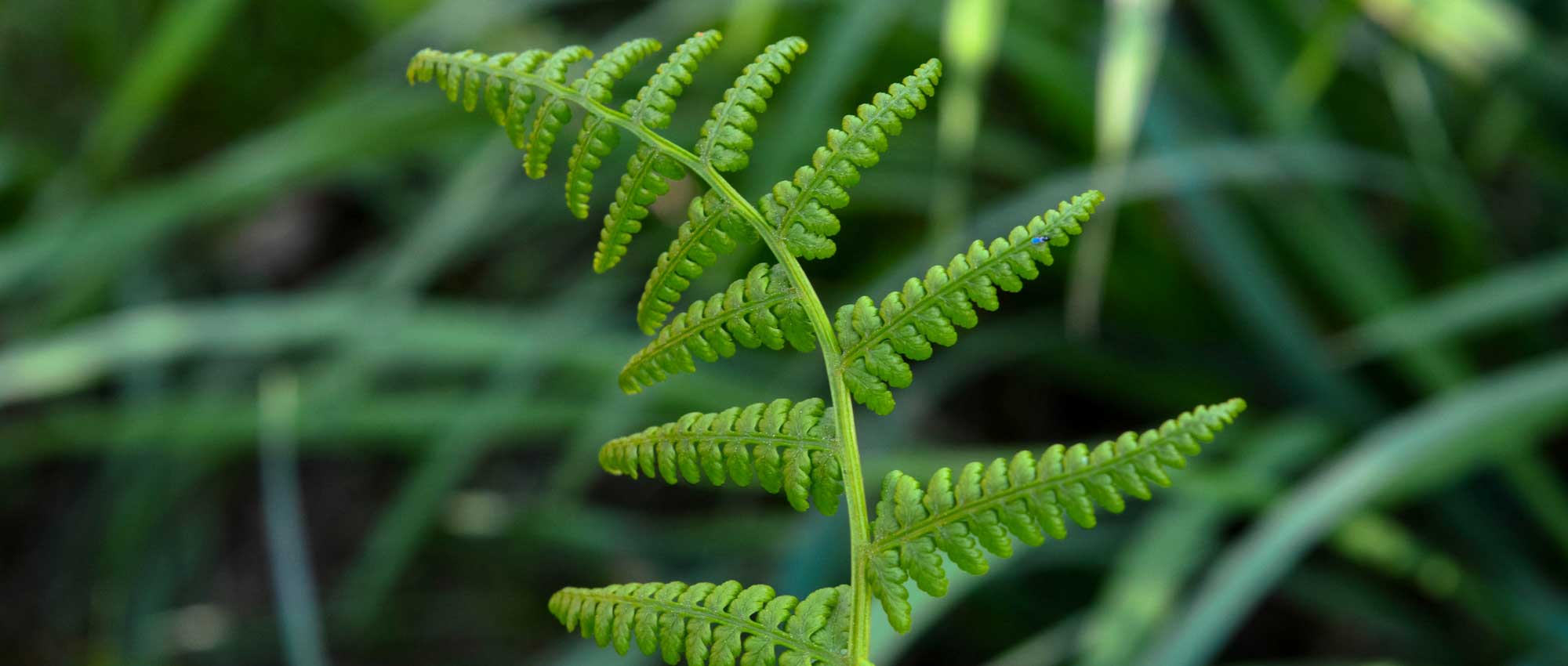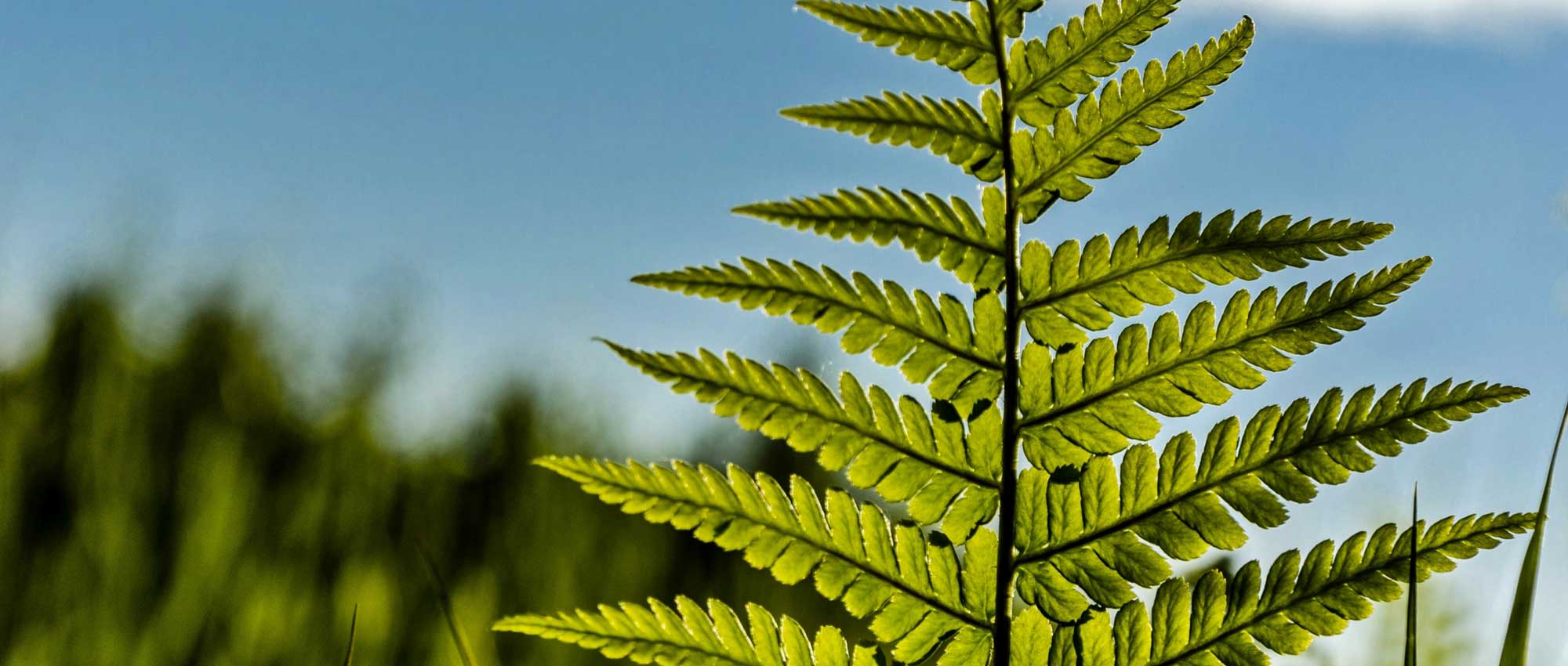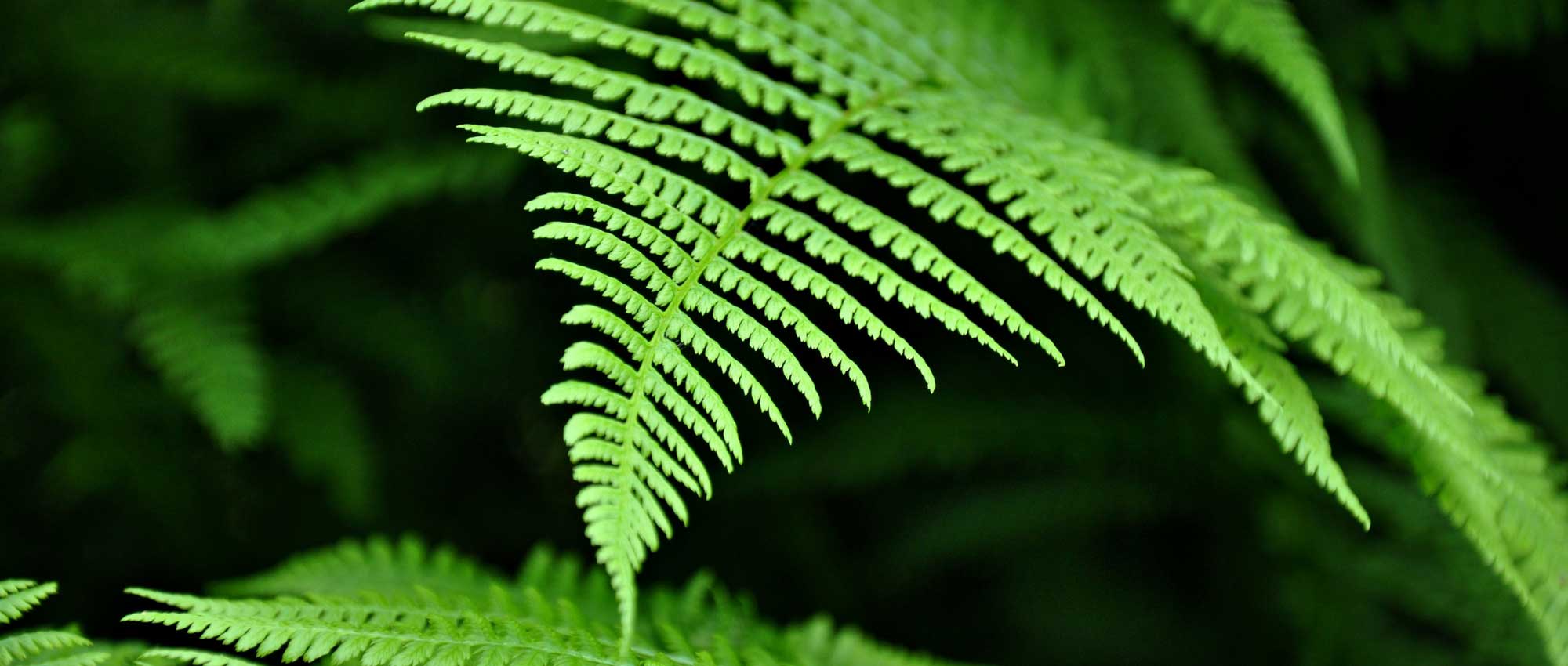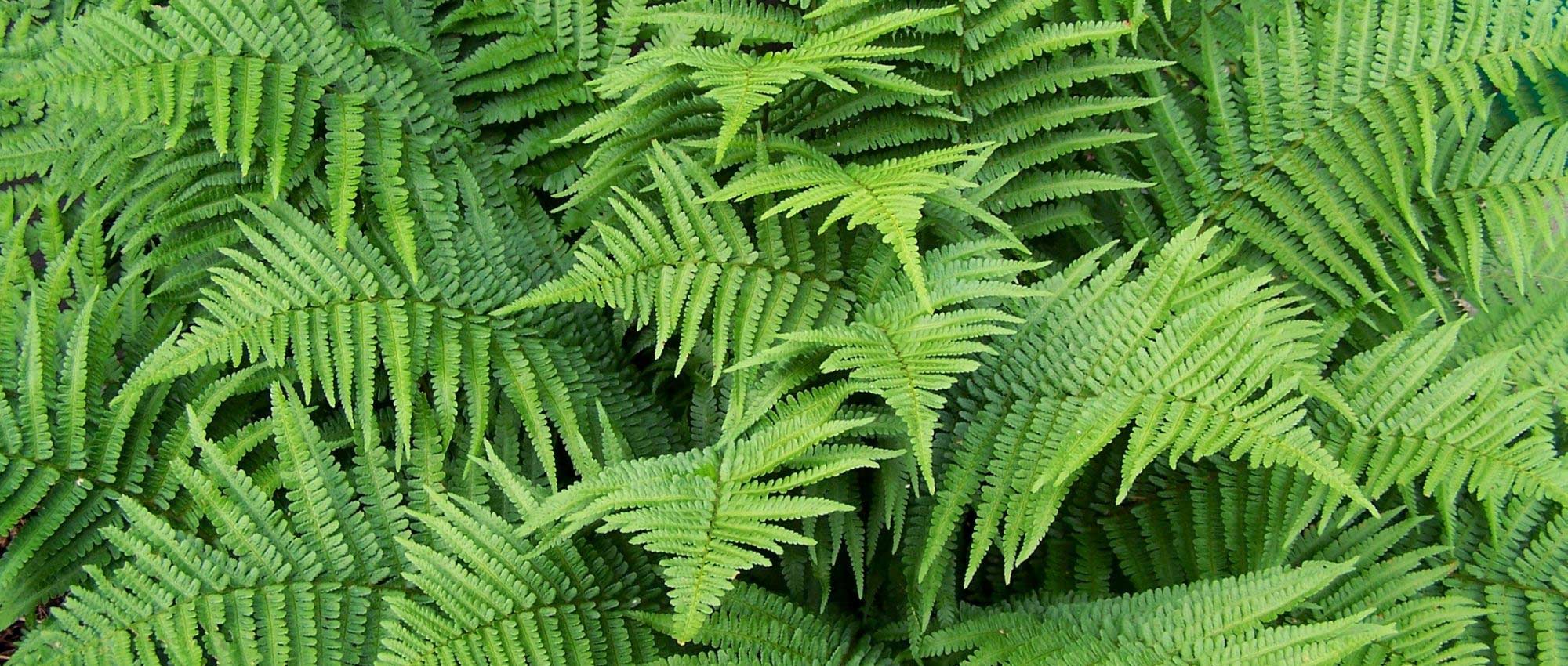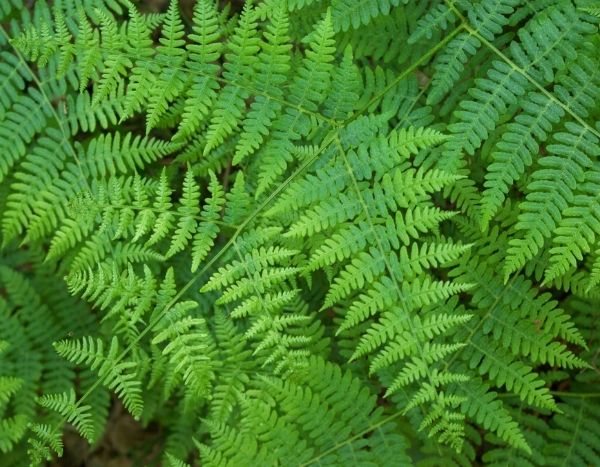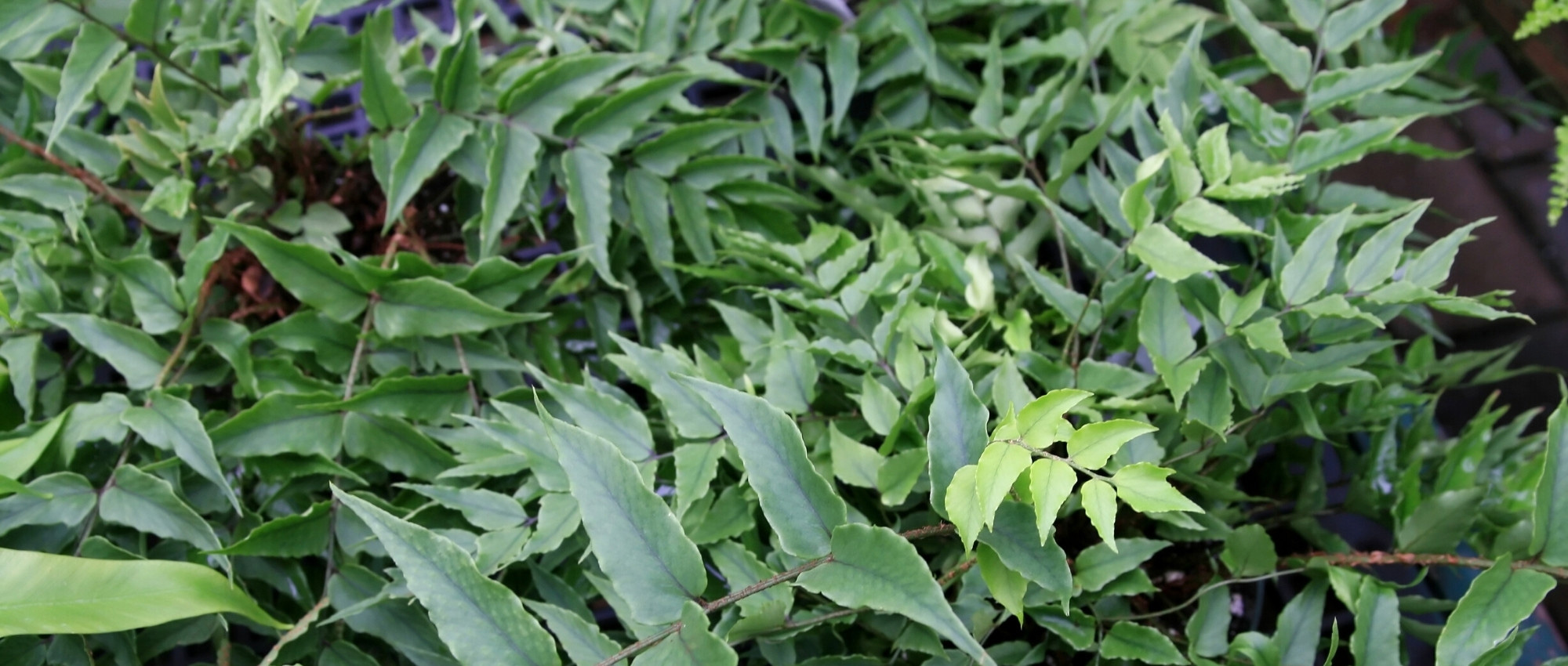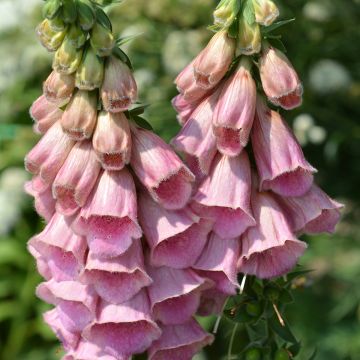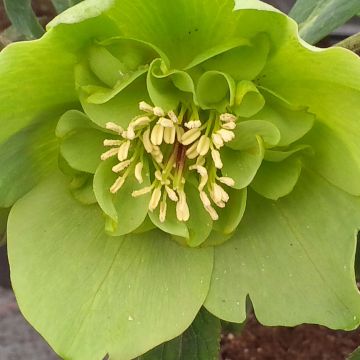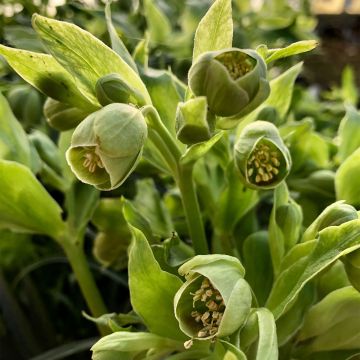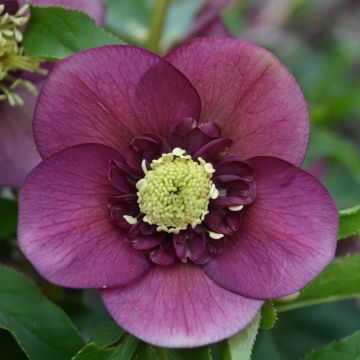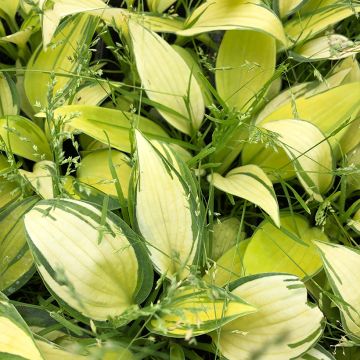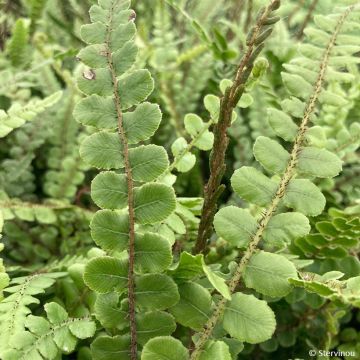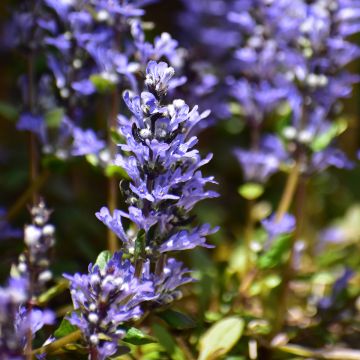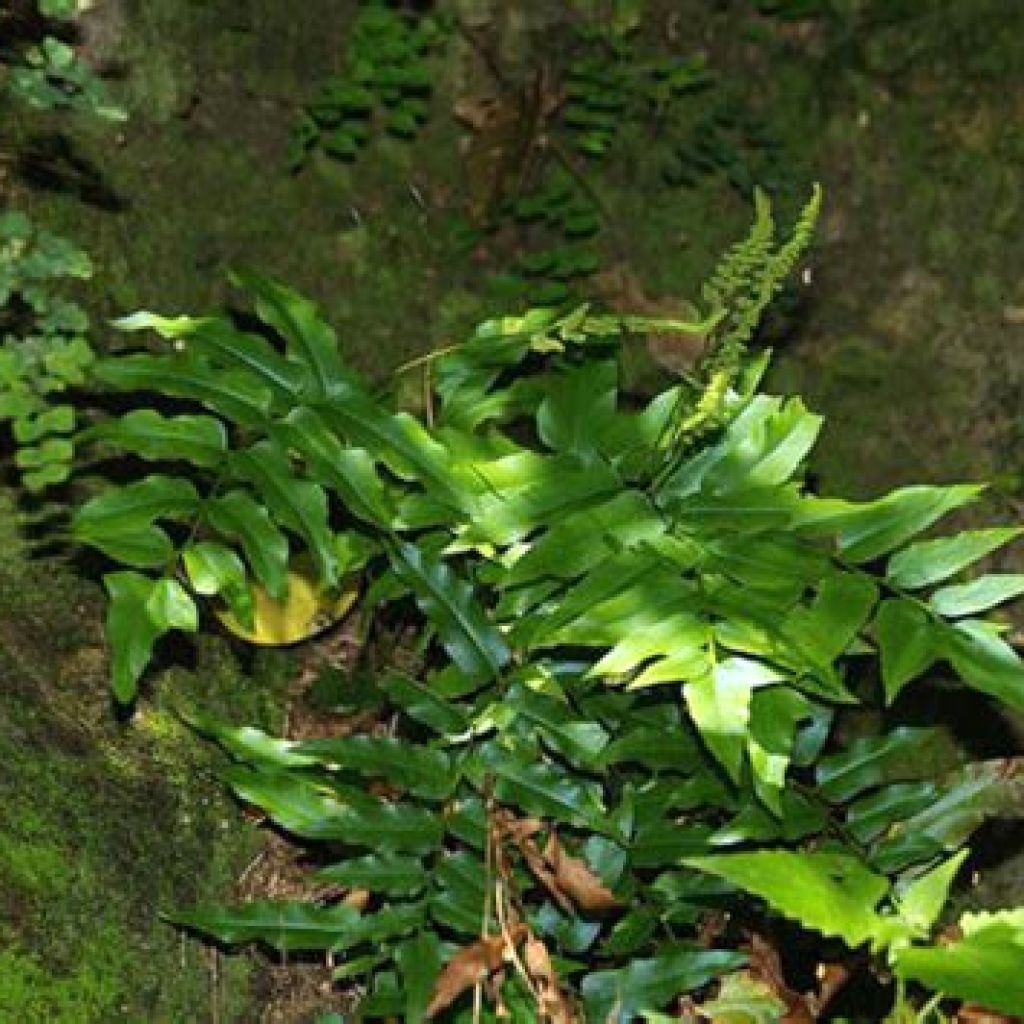

Anemia mexicana - Fougère à fleurs mexicaine
Anemia mexicana
Anemia mexicana
Mexican Flower Fern
Special offer!
Receive a €20 voucher for any order over €90 (excluding delivery costs, credit notes, and plastic-free options)!
1- Add your favorite plants to your cart.
2- Once you have reached €90, confirm your order (you can even choose the delivery date!).
3- As soon as your order is shipped, you will receive an email containing your voucher code, valid for 3 months (90 days).
Your voucher is unique and can only be used once, for any order with a minimum value of €20, excluding delivery costs.
Can be combined with other current offers, non-divisible and non-refundable.
Why not try an alternative variety in stock?
View all →This plant carries a 12 months recovery warranty
More information
We guarantee the quality of our plants for a full growing cycle, and will replace at our expense any plant that fails to recover under normal climatic and planting conditions.
Would this plant suit my garden?
Set up your Plantfit profile →
Description
Anemia mexicana, commonly known as the Mexican Flowering Fern, is an unusual species that is still rarely offered for sale. Its evergreen foliage, which is rather spread out, is composed of fronds that resemble that of Cyrtomium ferns, however our Mexican Anemia has a rare characteristic: the plant also produces decorative fertile leaflets, which bear spores and resemble the flowers like Astilbe. In its native habitat, it settles in fertile pockets between semi-shaded limestone rocks. In our gardens, this curious fern will establish itself in the same way in slightly shaded rockeries, even dry ones in summer. It can also be grown in pots.
Anemia mexicana belongs to the family Schizaeaceae, which consists of only one genus, the ferns Anemia. It is found in North America, specifically in a large part of Mexico as well as in Texas on the Edwards and Trans-Pecos plateaus. Its natural habitat, on the edge of semi-desert areas, consists of ravines, cliffs, and sparsely wooded slopes, as well as cracks between rocks, always on limestone soil. While it frequents areas with water, the plant also thrives in drier locations. According to American gardeners, this species is to approximately -12°C with winter protection.
This perennial fern grows in a spreading clump. At maturity, it will measure approximately 25-30 cm (10-12in) in height and 50 cm (20in) in width. Its stump produces tough, arching fronds that can reach up to 40 cm (16in) in length. Each frond has 4 to 7 sterile, slightly velvety, lanceolate-shaped pinnae, measuring 4 to 6 cm (2in) in length, in a bright and light green colour. In spring, at the base of each frond, a pair of erect fertile pinnae or leaflets appear, resembling stems, these far exceed the foliage. They bear the plant's reproductive organs, the sporangia containing spores. Their appearance resembles the flowers of Astilbe or Amaranthus, with their colour changing from green to yellow to russet and then to bronzed as the spores ripen. The Mexican Anemia is one of the 'desert ferns' and, as such, its fronds can curl up in times of drought and return to their normal appearance as soon as water becomes available again.
The Mexican Flowering Fern is mainly planted in semi-shaded rockeries in regions that are not too cold, or on a very well-drained slope. It is a plant for collectors: some successfully cultivate it in pots with well-drained soil that remains slightly moist, with regular fertilizer applications. For example, it can be associated with small dry shade plants that will not suffocate it: saxifrages (especially Saxifraga umbrosa 'Variegata'), Tiarella, Ajuga reptans, and other ferns such as spleenworts and Blechnum spicant.
Anemia mexicana in pictures
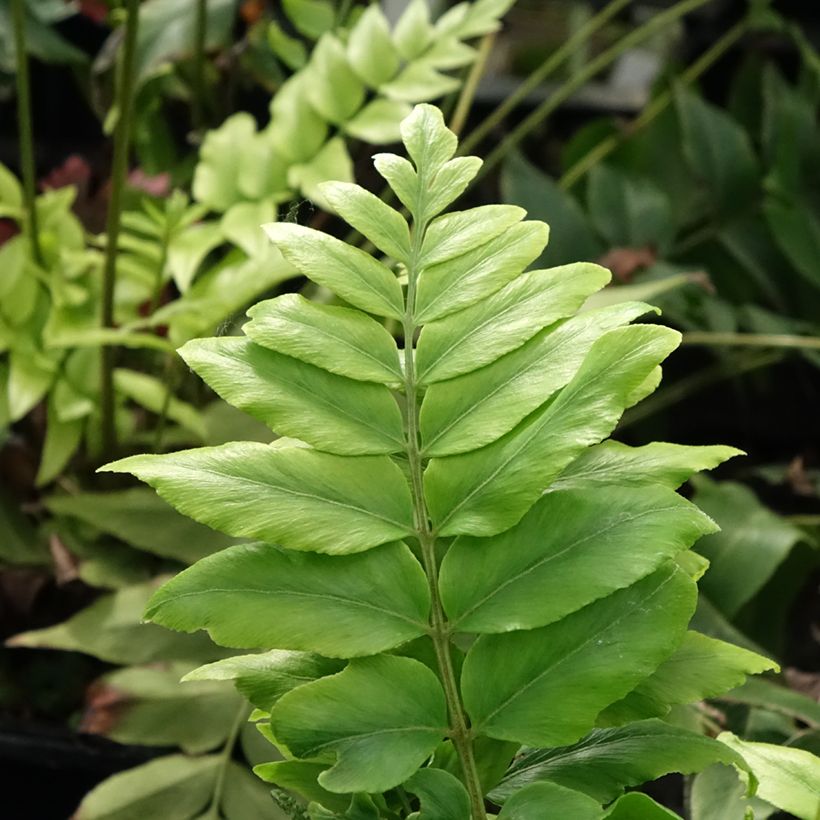

Foliage
Plant habit
Botanical data
Anemia
mexicana
Anemiaceae
Mexican Flower Fern
Ornithopteris mexicana
North America
Other Polypodium
View all →Planting and care
Anemia mexicana is a fern that thrives among limestone rocks, in pockets of fertile soil, never waterlogged but sometimes dry. Like many ferns, it appreciates dappled sunlight, partial shade, or even full shade. It will particularly thrive in a more or less shaded rock garden, facing east or northeast, in our not too cold regions. Its frost resistance is estimated at -12°C (10.4°F) at its peak with winter protection (thick layer of straw or dead leaves), in a very well-drained soil.
Cultivation in a pot is entirely possible in well-drained, slightly moist soil, with regular watering and fertilizer applications.
Planting period
Intended location
Care
Planting & care advice
This item has not been reviewed yet - be the first to leave a review about it.
Similar products
Haven't found what you were looking for?
Hardiness is the lowest winter temperature a plant can endure without suffering serious damage or even dying. However, hardiness is affected by location (a sheltered area, such as a patio), protection (winter cover) and soil type (hardiness is improved by well-drained soil).

Photo Sharing Terms & Conditions
In order to encourage gardeners to interact and share their experiences, Promesse de fleurs offers various media enabling content to be uploaded onto its Site - in particular via the ‘Photo sharing’ module.
The User agrees to refrain from:
- Posting any content that is illegal, prejudicial, insulting, racist, inciteful to hatred, revisionist, contrary to public decency, that infringes on privacy or on the privacy rights of third parties, in particular the publicity rights of persons and goods, intellectual property rights, or the right to privacy.
- Submitting content on behalf of a third party;
- Impersonate the identity of a third party and/or publish any personal information about a third party;
In general, the User undertakes to refrain from any unethical behaviour.
All Content (in particular text, comments, files, images, photos, videos, creative works, etc.), which may be subject to property or intellectual property rights, image or other private rights, shall remain the property of the User, subject to the limited rights granted by the terms of the licence granted by Promesse de fleurs as stated below. Users are at liberty to publish or not to publish such Content on the Site, notably via the ‘Photo Sharing’ facility, and accept that this Content shall be made public and freely accessible, notably on the Internet.
Users further acknowledge, undertake to have ,and guarantee that they hold all necessary rights and permissions to publish such material on the Site, in particular with regard to the legislation in force pertaining to any privacy, property, intellectual property, image, or contractual rights, or rights of any other nature. By publishing such Content on the Site, Users acknowledge accepting full liability as publishers of the Content within the meaning of the law, and grant Promesse de fleurs, free of charge, an inclusive, worldwide licence for the said Content for the entire duration of its publication, including all reproduction, representation, up/downloading, displaying, performing, transmission, and storage rights.
Users also grant permission for their name to be linked to the Content and accept that this link may not always be made available.
By engaging in posting material, Users consent to their Content becoming automatically accessible on the Internet, in particular on other sites and/or blogs and/or web pages of the Promesse de fleurs site, including in particular social pages and the Promesse de fleurs catalogue.
Users may secure the removal of entrusted content free of charge by issuing a simple request via our contact form.
The flowering period indicated on our website applies to countries and regions located in USDA zone 8 (France, the United Kingdom, Ireland, the Netherlands, etc.)
It will vary according to where you live:
- In zones 9 to 10 (Italy, Spain, Greece, etc.), flowering will occur about 2 to 4 weeks earlier.
- In zones 6 to 7 (Germany, Poland, Slovenia, and lower mountainous regions), flowering will be delayed by 2 to 3 weeks.
- In zone 5 (Central Europe, Scandinavia), blooming will be delayed by 3 to 5 weeks.
In temperate climates, pruning of spring-flowering shrubs (forsythia, spireas, etc.) should be done just after flowering.
Pruning of summer-flowering shrubs (Indian Lilac, Perovskia, etc.) can be done in winter or spring.
In cold regions as well as with frost-sensitive plants, avoid pruning too early when severe frosts may still occur.
The planting period indicated on our website applies to countries and regions located in USDA zone 8 (France, United Kingdom, Ireland, Netherlands).
It will vary according to where you live:
- In Mediterranean zones (Marseille, Madrid, Milan, etc.), autumn and winter are the best planting periods.
- In continental zones (Strasbourg, Munich, Vienna, etc.), delay planting by 2 to 3 weeks in spring and bring it forward by 2 to 4 weeks in autumn.
- In mountainous regions (the Alps, Pyrenees, Carpathians, etc.), it is best to plant in late spring (May-June) or late summer (August-September).
The harvesting period indicated on our website applies to countries and regions in USDA zone 8 (France, England, Ireland, the Netherlands).
In colder areas (Scandinavia, Poland, Austria...) fruit and vegetable harvests are likely to be delayed by 3-4 weeks.
In warmer areas (Italy, Spain, Greece, etc.), harvesting will probably take place earlier, depending on weather conditions.
The sowing periods indicated on our website apply to countries and regions within USDA Zone 8 (France, UK, Ireland, Netherlands).
In colder areas (Scandinavia, Poland, Austria...), delay any outdoor sowing by 3-4 weeks, or sow under glass.
In warmer climes (Italy, Spain, Greece, etc.), bring outdoor sowing forward by a few weeks.






























